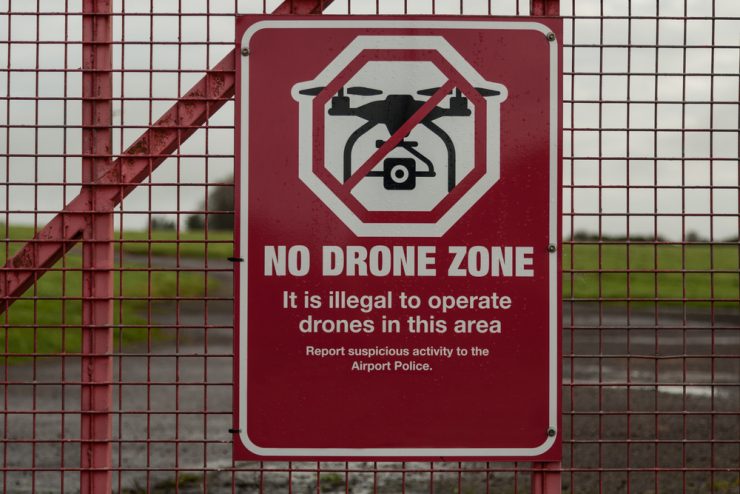Safety levels of drone operations need to be defined by legislation, building on results from research and demonstration, rather than by market forces. This was one of the key conclusions of the fourth meeting of the Network of U-Space Demonstrators held on 3 December 2019 at the Amsterdam RAI, according to the official report of the meeting from the Support cell of European Network of U-space Demonstrators comprising the European Commission DG Move, Eurocontrol, the European Aviation Safety Agency (EASA) and the SESAR Joint Undertaking.
The focus of the meeting was on Lessons Learned in the Urban Environment. Other key conclusions were:
- Performance: Requirements for performance of U-space services need to be defined, covering interoperability between systems, reliability and integrity of data, communication, etc. Work on defining European standards has started but needs to pick up momentum.
- Architecture: Definition of a commonly accepted U-space technical architecture is needed that strikes the right balance between meeting local requirements and supporting pan-European provision of interoperable services
- Market/Business considerations: The promotion of public and private sector investment to support creation of U-space services market is required with a focus on creating a business case for specific use cases one by one
- ATM and U-space: A focus on eventual target state of integrated manned and un-manned aircraft in U-space is needed. Current HEMS helicopter operators show regular and dangerous encounters with drones, so this is a priority issue that needs to be resolved in collaboration with both communities, alongside regulators, service-providers and researchers.
- Information sharing: Stakeholders need to openly share lessons learned and ways to overcome common challenges related to U-space services, including collaboration with the USA and ICAO.
- Public acceptance: We should aim to address noise and visual pollution, environmental impact, privacy and safety/security of citizens. Improve perception of public about benefits of responsible drones to society by reaching out through multiple ways including running safety awareness campaigns, road shows at national level, jointly setting up long term drone demonstrations with the cities, organising focus groups at local levels throughout Europe, etc.
“Attended by over 110 members of the Network, the Port of Antwerp (BE) and City of Enschede (NL) presented their needs for U-space to meet their business objectives and lessons they have learned from demonstrations held recently,” said Munish Khurana Senior Manager – Business Development, Directorate European Civil-Military Aviation, Aviation Co-operation and Strategies at Eurocontrol, who chaired the event.
A poll conducted at the end of the meeting revealed preferences of the members of the Network to focus on the following areas going forward:
- Feed output from lessons learned to regulatory framework development process
- Ensure regulatory framework covers clear definition of roles and responsibilities of actors
- Facilitate discussion on factors impacting business case of Urban Air Mobility
- Share lessons learned from experiences of U-space demonstrations in different cities of Europe
- Working with Network members, create a campaign of dos and don’ts of using drones for public and “reach the un-reachable.” Current efforts of awareness are only reaching out to a small section of citizens. There are frequent violation of no-fly zone and maximum altitude limits by recreational drone users
- Present views of Military on integration of drones in the airspace
- Engage with private and public sector to create awareness of the need for a European U-space test centres offering opportunity for businesses to conduct interoperable tests with conditions comparable to live environment.
- Provide basic guidance on the steps smart cities should follow to prepare for use of drones in the airspace above the cities. Promote a discussion on ownership of airspace and ground data in cities.
The project coordinators will create a repository document of lessons learned based on information gathered from a survey, output of the Network meeting and the output from SESAR projects and will make the repository available to members of the Network in an easily accessible way. Further actions are to review the scope of drone flight data survey based on feedback gathered at the fourth Network meeting; consider establishment of dedicated workshops to focus on specific issues/challenges identified by the Network members and prepare the next network meeting based on the preferences highlighted by the members of the Network.
All the presentations of the fourth U-space Demonstrator Network meeting are already uploaded on OneSky Sharepoint (click here to access the folder).




